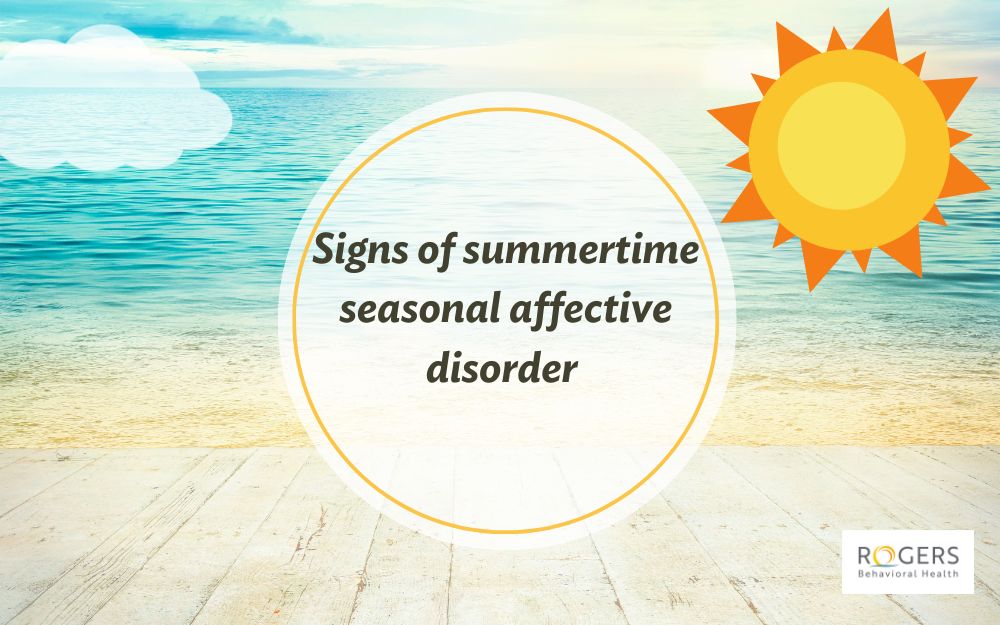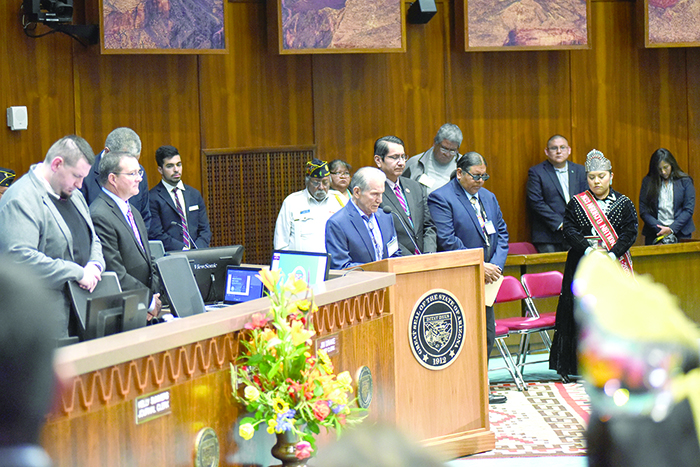VIEWS: 1253
July 16, 2024SRPMIC Hosts Webinar on Seasonal Affective Disorder
Unfortunately, the “summertime blues” is more than the title of a Ritchie Valens song—it’s a form of seasonal affective disorder (SAD), which affects many people every year.
Seasonal affective disorder is a type of mood disorder in which people who have normal mental health most of the time regularly experience a period of depression at a specific time of year or season, usually in the winter but also sometimes during the summer.
On June 18, the Salt River Pima-Maricopa Indian Community Health and Human Services Department hosted a webinar titled “Dealing with the Summertime Blues,” hosted by SRPMIC Health Educator Melanie Nosie.
“Seasonal affective disorder is a real thing,” said Nosie. “The summer heat adds stress to those who are impacted by seasonal affective disorder. Their emotions can change to where they feel fatigued, aggravated, stressed and frustrated.”
She explained that the sun beating down for extended hours during the summer can have lasting effects on the human body. “For some, the summer months don’t matter to them—they’re fine. But for others with seasonal affective disorder, their inner clocks get off balance and their sleep can get disrupted, which impacts a lot,” she said.
Nosie said how she has noticed that her family’s dinner time occurs later in the evening in the summer months and earlier in the winter months, which has impacted her family’s inner clock. “The sun is out longer now, so my family and I are able to do more things outside. But then we end up having dinner at 9 p.m., and that’s late,” she said.
Social media can intensify symptoms of seasonal affective disorder. “For some people, it can be difficult to see someone posting their happy family photos on social media. This person may ask why their family can’t be happy like that, and their self-worth may start to come into question,” Nosie stated.
There are helpful treatments for those suffering from seasonal affective disorder, Nosie said. She mentioned psychotherapy with a trained counselor, antidepressant medication, vitamin D and light therapy. With light therapy, patients are exposed to a light source emitting specific wavelengths of light every day for a certain period of time. This helps to adjust the body’s circadian rhythm (24-hour clock) to better regulate mood and sleeping patterns.
Seasonal affective disorder actually is more prevalent in the winter months of January and February because of the decreased amount of sunlight. “Less sunlight, shorter days with longer nights—that [can have a negative effect on] our mental health,” said Nosie.
Toward the end of the presentation, she offered some healthful tips. “Eat well, drink water, take your medications and keep going to your doctor appointments,” said Nosie. “It’s hot outside, so stay cool indoors and maintain a sleep routine. We all have to be aware of our well-being, especially if we are impacted by seasonal affective disorder.”







